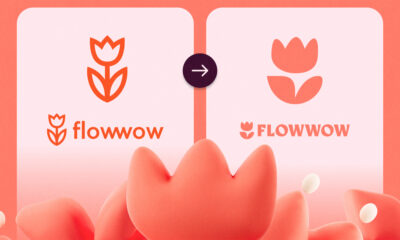News
UAE-Based G42 Partners On World’s Fastest AI Supercomputer
The machine, named Condor Galaxy, has been built to assist with generative AI projects and is over 20 times faster than its predecessor.

Condor Galaxy, the world’s “fastest AI training supercomputer”, has been built with assistance from G42, a UAE-based technology holding group. The machine is actually a network of nine interconnected AI supercomputers developed by US-based AI company Cerebras Systems.
Located in Santa Clara, California, the massive machine boasts 4 exaFLOPs of power and a staggering 54 million cores that will significantly reduce AI processing times.
G42 will use Condor Galaxy to train AI models across a variety of data sets and has already created and tested Arabic bilingual chat, healthcare, and climate study applications.
“Collaborating with Cerebras to rapidly deliver the world’s fastest AI training supercomputer and laying the foundation for interconnecting a constellation of these supercomputers across the world has been enormously exciting,” said Talal Alkaissi, CEO of G42 Cloud. “The partnership brings together Cerebras’ extraordinary compute capabilities, together with G42’s multi-industry AI expertise,” he added.

Training the latest AI models requires enormous computing power and specialized programming skills. ChatGPT, for example, relies on 175 billion parameters and uses 10,000 Nvidia GPUs to train its AI algorithms.
Condor Galaxy brings genuine innovation to these kinds of processes, as all computing is performed entirely without complex distributed programming languages. This means that large projects no longer require weeks or even months spent distributing work over thousands of GPUs.
Also Read: Best Web Hosting Providers In The Middle East
“Many cloud companies have announced massive GPU clusters that cost billions of dollars to build but are extremely difficult to use. Distributing a single model over thousands of tiny GPUs takes months from dozens of people with rare expertise,” noted Andrew Feldman, CEO of Cerebras Systems. “CG-1 eliminates this challenge. Setting up a generative AI model takes minutes, not months, and can be done by a single person” he added.
The G42 and Cerebras partnership marks another step toward the democratization of AI. The combination of massive computing power and unique AI data sets should produce groundbreaking results and turbocharge hundreds of AI projects around the world.
News
HiFuture Wraps Up Successful GITEX GLOBAL 2024 Appearance
The electronics company wowed audiences at the world’s largest tech event with a range of wearable and smart audio devices.

This year’s GITEX GLOBAL 2024 in Dubai saw a huge number of startups, electronics firms, and innovators from around the globe gather for the tech sector’s largest event of its kind. One company making waves at this year’s expo was Chinese tech group HiFuture, which showcased a range of products with a focus on wearable technology and smart audio.
At the HiFuture booth, the company captivated attendees with cutting-edge smartwatches like the ACTIVE and AURORA, along with a range of powerful wireless speakers, earbuds, and even smart rings. Visitors were eager to check out the sleek new designs on offer and even had the chance to test out some of the products themselves.

Among the highlights were smartwatches combining dual-core processors with customizable options. The devices blended style and technology, offering health monitoring capabilities, personalized watch faces, and advanced AI-driven functionalities, giving attendees a taste of the future of wearable technology.
On the audio front, HiFuture’s wireless speakers left a lasting impression, offering rich, immersive sound in compact, portable designs. These speakers cater to both intimate gatherings and larger celebrations, offering versatility for users. Meanwhile, the company also showed off its Syntra AI technology, which it claims “revolutionizes health and fitness tracking by combining advanced optical sensors with intelligent algorithms for precise, real-time insights”.
Also Read: How (And Why) To Start A Tech Business In Dubai
The presence of HiFuture’s leadership team at GITEX 2024 underscored the importance of this event for the company, with CEO Levin Liu leading a team of executives, all keen to engage with attendees and offer insights into HiFuture’s vision, product development process, and future direction.
Overall, it seems that GITEX GLOBAL 2024 has been a rewarding experience for HiFuture. The enthusiasm and curiosity of attendees shown to the company’s diverse range of products was obvious, with the HiFuture team leaving on a high note and clearly excited and motivated by the event.


























